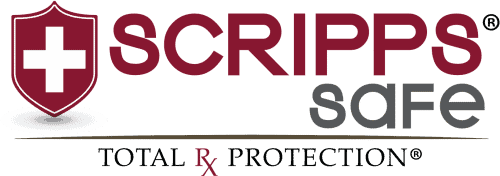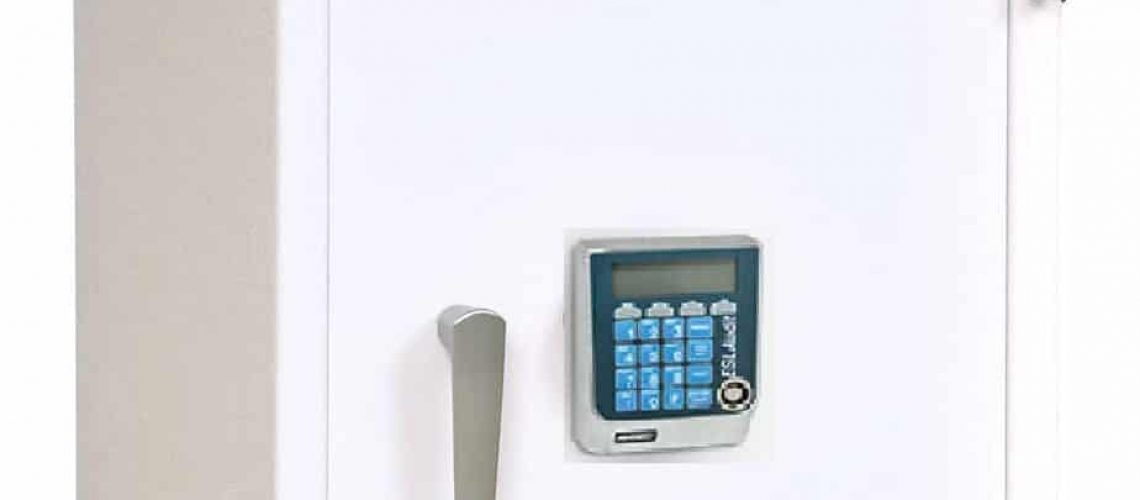Since the CDC declared an epidemic of prescription drug abuse in the United States in 2010, numerous programs and initiatives have been implemented to control access to narcotics. These have included prescription drug monitoring, increased DEA activity, addiction treatment funding, changes in prescription guidelines, drug take-back programs, crackdowns on pill mills, and rescheduling of hydrocodone to schedule II. Unfortunately, despite the push to decrease access, the demand for prescription drugs remains high. In a climate where it is harder than ever to access narcotics and where demand remains high, it’s not surprising to see a continuing and growing problem with burglaries and robberies. – Mike Warren, Risk Manager
Christopher provides some insights into a key opportunity to protect against these threats.
While the initiatives that have been implemented since 2010 to curb access are important, accessibility remains the number one contributing factor to the abuse of prescription drugs. Pharmacists and doctors, who stock controlled substances should first secure them in a steel pharmacy cabinet? or narcotics safe. Time delay features incorporated into safe design provide additional advantages by deterring robberies and providing an audit control access system to prevent diversion.
According to the DEA, there were 916 pharmacy robberies in the United States in 2015, a 25% increase since the CDC declared an epidemic in 2010. According to the DEA, the estimated impact of internal drug diversion and abuse costs $72.5 billion a year. Research indicates 12 – 16% of all healthcare workers may have or have had an addiction to prescription drugs at some point in their careers. Whether to prevent theft or diversion, addressing this epidemic starts with securing access.
Under current regulation, Title 21 CFR 1301.75, controlled substances shall be stored in a securely locked, substantially constructed cabinet. A simple key-locked wooden cabinet does not protect practitioners from internal drug diversion or an armed robbery. If something goes wrong, the DEA’s substantial requirements checklist outlines the factors they will use to evaluate a practitioner’s security system which can still be found non-compliant.
Installing a safe is a key step in addressing America’s opioid crisis and protecting practitioners. Adding enhancements like a time-delayed entry safe and audit trail access system makes accessibility tougher and can potentially save billions of dollars and countless lives.
For additional information about safe technology and time delay safes, contact:
Christopher von Zwehl, Rx Security Specialist/ SVP, Scripps Safe, Inc. 1-844-4SAFE-RX (472-3379)., or visitwww.4saferx.com
Christopher von Zwehl| Rx Security Specialist|Senior Vice President, Scripps Safe, Inc.

